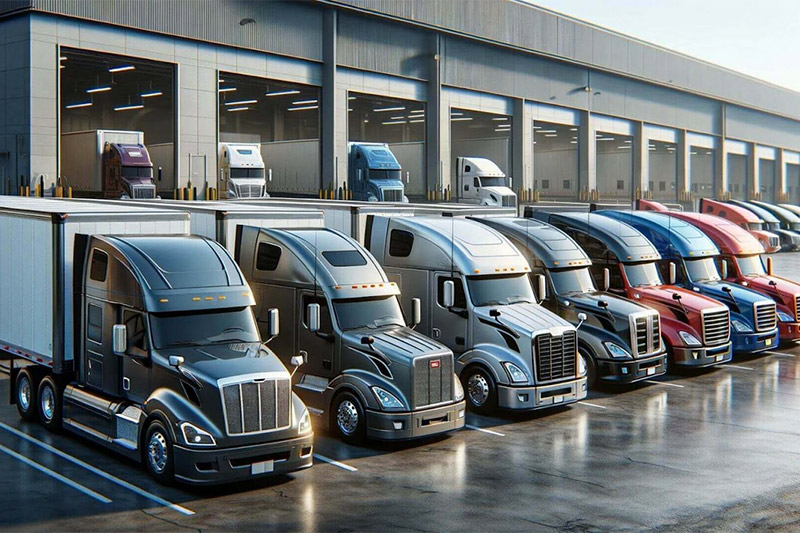
Understanding Advanced Clean Fleet Regulations
As environmental awareness grows and climate concerns rise, regulatory bodies have introduced more stringent measures to curb emissions and advance cleaner energy solutions. One such initiative is the Advanced Clean Fleet (ACF) regulation, which is designed to accelerate the transition to zero-emission vehicles (ZEVs) in the commercial fleet sector. This regulation mandates significant changes in fleet composition, ultimately paving the way for reduced greenhouse gas emissions and a more sustainable future in transportation.
What Are Advanced Clean Fleet Regulations?
The Advanced Clean Fleet (ACF) regulation is a policy primarily targeting medium- and heavy-duty vehicles, which are responsible for a significant portion of transportation emissions. These vehicles include trucks, buses, delivery vans, and other commercial fleet assets that contribute heavily to urban pollution. The ACF regulation enforces requirements on fleet operators, mandating the gradual integration of zero-emission vehicles into their operations. This approach is aligned with long-term goals for carbon reduction, with various phased targets up to 2045. Fleet owners must report their vehicle types and progress, ensuring transparency and accountability in meeting regulatory benchmarks.
Key Goals and Benefits of the ACF Regulation
- Reduction of Greenhouse Gas Emissions: Commercial fleets are one of the largest contributors to urban air pollution. ACF regulations directly target this sector to cut emissions and improve air quality, benefiting the environment and public health.
- Transition to Zero-Emission Vehicles: The ACF regulation sets clear timelines and benchmarks for fleet operators to transition away from diesel and gasoline-powered vehicles. It encourages investment in battery electric and hydrogen fuel cell vehicles, which have zero tailpipe emissions.
- Promotion of Sustainable Infrastructure: For ACF regulations to be effective, fleet operators and communities must adopt charging and fueling infrastructures that support zero-emission technology. This requirement promotes green technology industries, providing a boost to the economy and encouraging innovations in renewable energy.
- Cost Savings Over Time: While the initial investment in zero-emission vehicles and infrastructure may be substantial, long-term savings on fuel and maintenance make the shift financially viable. Fleets can reduce operational costs and meet regulatory standards simultaneously.
Challenges and Considerations
Transitioning to a zero-emission fleet presents challenges, particularly for small businesses and logistics operators. Financial constraints, limited infrastructure in some areas, and the high initial cost of zero-emission vehicles are significant hurdles. However, many governments offer incentives, subsidies, and grants to assist fleet operators in meeting ACF goals.
Conclusion
The Advanced Clean Fleet regulation is a critical step toward a cleaner transportation sector. As more fleet operators adapt to these regulations, the industry will see a gradual shift to zero-emission technology, benefiting the environment, public health, and the economy. Embracing this change not only aligns with global sustainability goals but also prepares businesses for a future where clean energy is prioritized over fossil fuels.